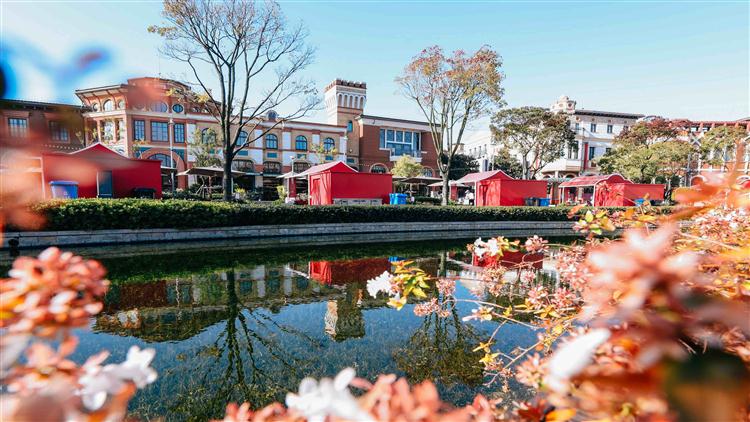While the water cooler talk over the past few weeks has been the
Michelin Guide Shanghai 2024, the results of which were officially released on November 16, 2023, the
Michelin Food Festival on the Road from November 24 to 26, 2023 barely got tongues wagging... but we were there for it!
The festival's low-key reveal can perhaps be chalked up to the fact that it unfolded in Suzhou instead of Shanghai, but we couldn't imagine a more perfect place for it: the riverside of shopping tourism destination
Bicester Village Suzhou was transformed into a storybook-like setting for the three-day food festival, which was attended by some big names in China's culinary scene. Here are the highlights:
1. Sampling multiple Michelin-rated restaurants in one fell swoop
We're going so far as to call the Michelin Food Festival on the Road the "street art equivalent" of a food festival. With zero entry fee, the event was a well-intentioned attempt to democratise fine dining by bringing elegant eats to the street level.
Those who make it their mission to dine at a Michelin-ranked restaurant every year or month (maybe even once a week, if you're flush) would have been fired up by the opportunity to sample offerings from a total of 16 Michelin-listed restaurants in one fell swoop. We were seeing stars — we counted 10 in total — by the end of it.
The restaurants — Canton 8** (Runan Street), The House of Rong**, Cheng Long Hang* (Huangpu), Yong Fu* (Hongkou), BingSheng Mansion*, Ambré Ciel*, Yu Zhi Lan* (Shanghai), Furong*, Rong Cuisine, Mi Thai (Anfu Road), Jade on 36, 1515 West Chophouse, Summer Palace, The Meat, Royal China Club and Jamoteca — each served two signature dishes that were tailored for the outdoor event by being easy to eat on the go.
Certain stalls (and this is where Michelin's influence comes into play), especially those belonging to more decorated establishments, saw longer queues, but all chefs at their stations (err, gazebos) handled their sparse set-ups with the finese expected of staff trained in high pressure environments.
2. Watching live cooking demos

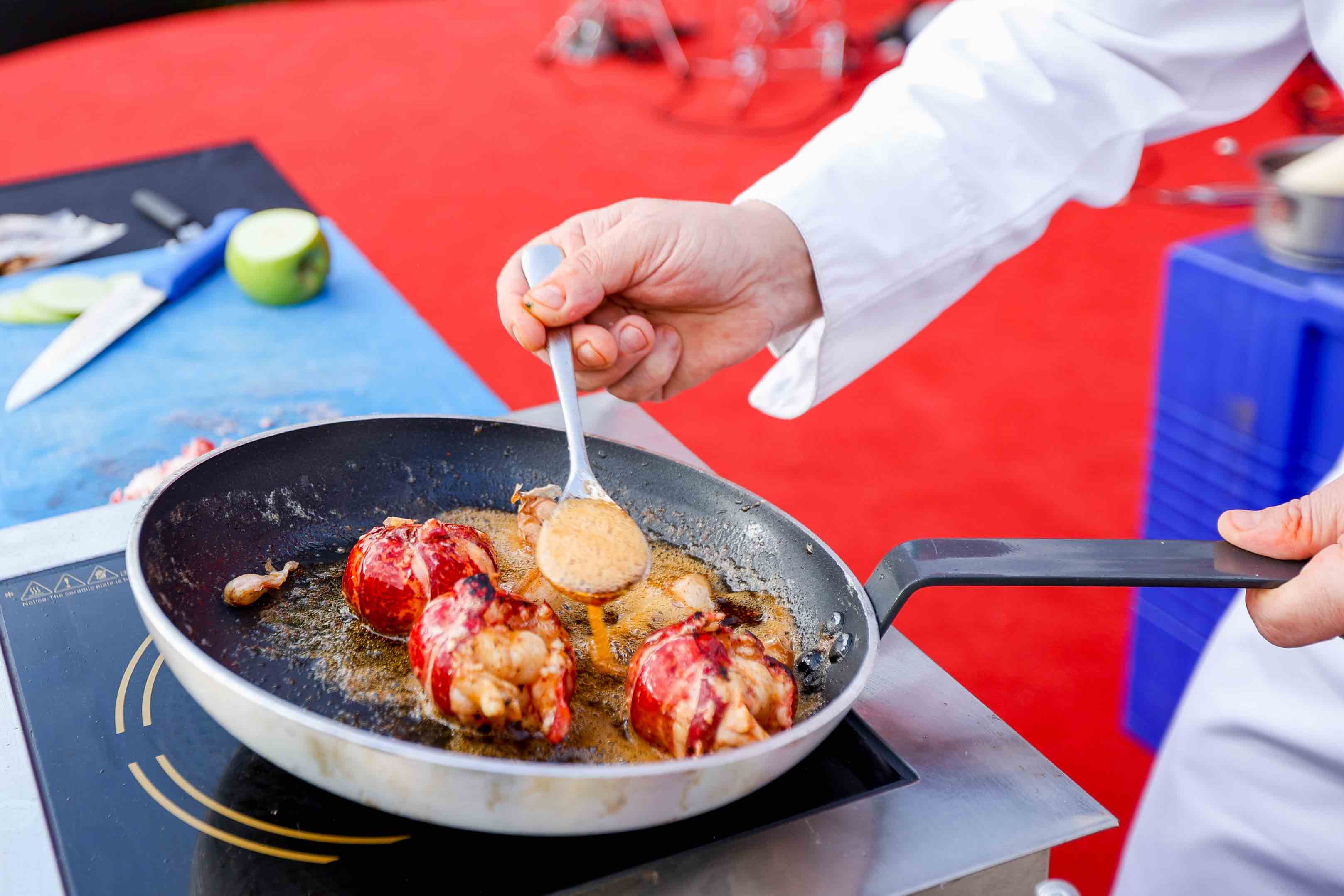
The opposite of Wagyu cattle, which live languid lives before being served up on a plate, the less lazy a lobster the better. In fact, the crustaceans are graded by their liveliness, which translates to firmer flesh. Therefore, it was obvious to all attending Chef Olivier Pistre's cooking demo that the lobster in his grip was the cream of the crop.
Off came its claws, knuckles, and tail as the head chef of Jade on 36, a modernist French restaurant at the Pudong Shangri-La, Shanghai expertly broke down the fine specimen in the name of the culinary arts. The audience was also introduced to the French technique of arroser or basting, which involves spooning melted butter or fats over a piece of protein to give its surface an even sheen.
Pistre's presentation and others provided a fascinating peek into the goings-on of celebrated kitchens while also demystifying certain cooking techniques and jargon.
3. Taking stock of the interplay between technology and F&B

Say what you will about technology being a scourge upon humanity, but its done more good than bad for countless industries, including F&B, from improving food security on a national scale to cutting down on single-use paper products such as pamphlets at events like the Michelin Food Festival on the Road.
Living in China for too long makes one take its conveniences for granted, but the seamless integration of technology in the festival's goings-on made this writer wonder why most other countries haven't followed suit.
Virtual maps and menus saved us the trouble of unfolding comically large pieces of paper and carrying them around (not to mention risking paper cuts), and digital queuing was simply a godsend.
4. Snagging limited edition Michelin merch

As recognisable as say, Bugs Bunny, Charlie Brown or Donald Duck, the 'Michelin Man' has become a symbol of trustworthy gastronomy the world over, and is emblazoned on the Michelin Guide's limited edition merch, which took up a whole booth at the festival.
To circle back to the topic of technology and its boons: anyone slinging a smartphone at the festival was able to participate in challenges — which ranged from checking in in at three or more stalls to sharing pictures of the event on WeChat Moments or Xiaohongshu — and take home prizes.
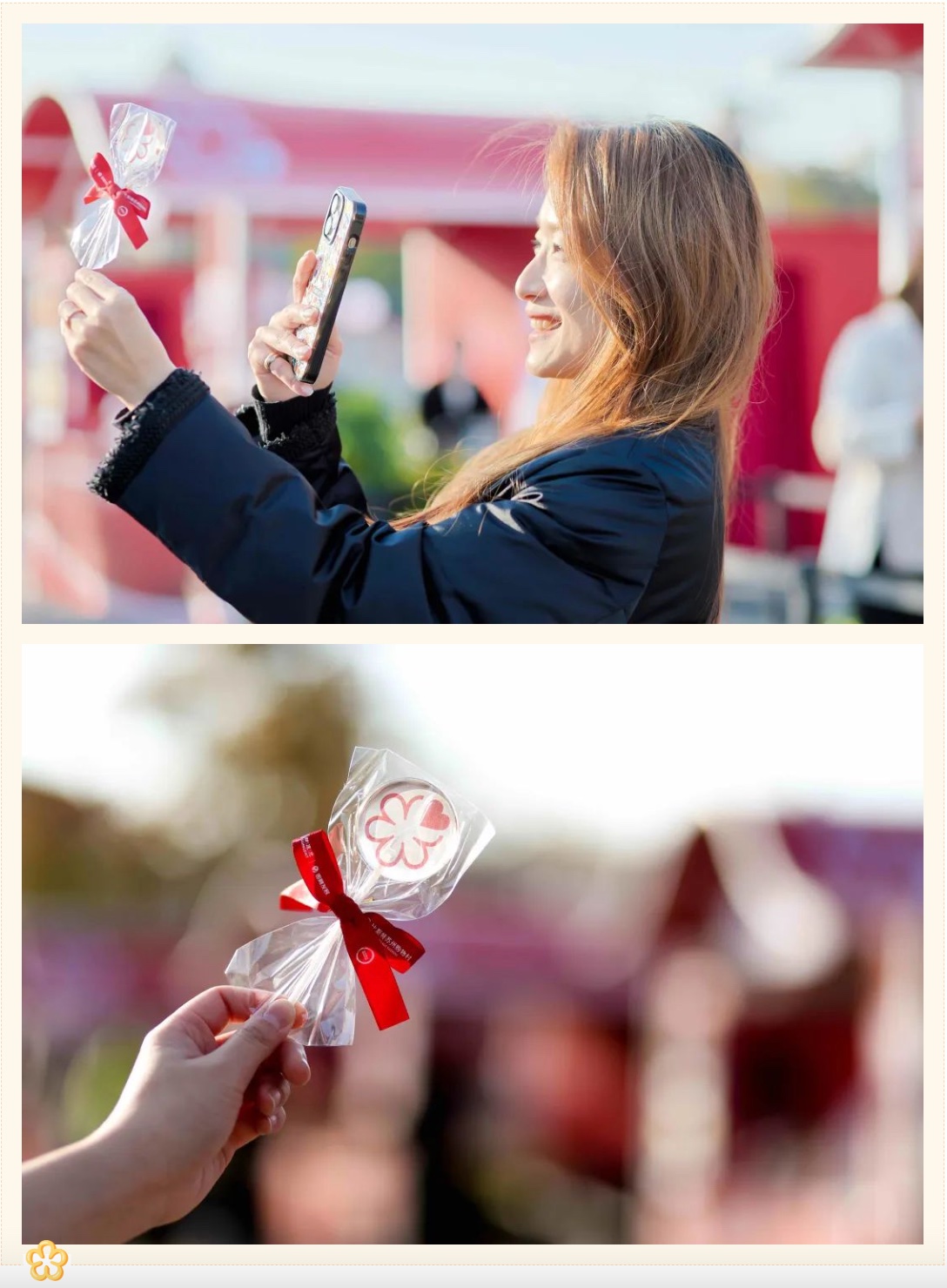
5. Touring Bicester Village Suzhou

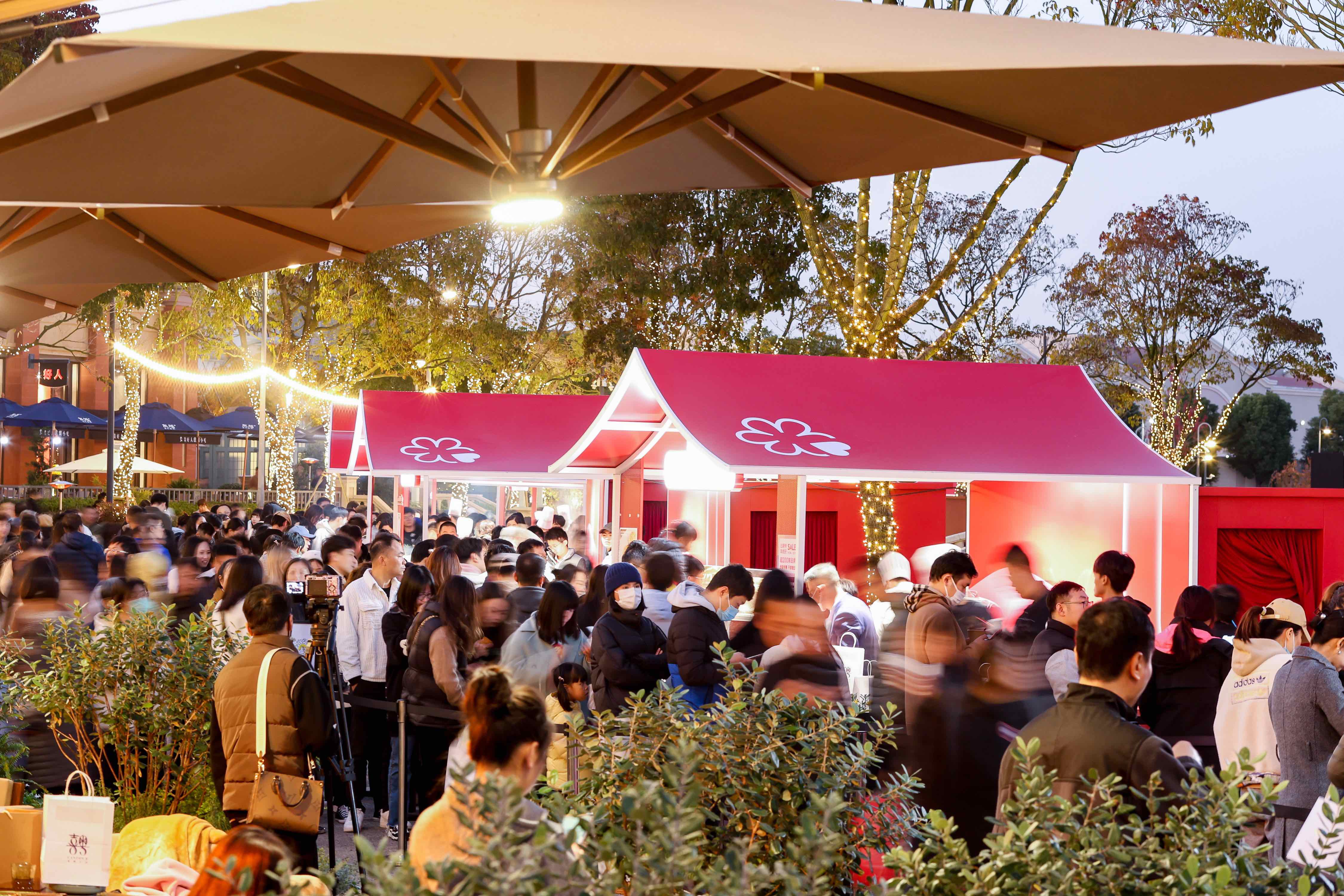
Synonymous with canals and classical gardens, Suzhou city is a destination in itself, but visiting Bicester Village Suzhou for the first time felt like being plucked from the asphalt jungle and being planted in a luxury resort.
Squinting slightly is enough to make one mistake the venue for a cobblestoned street in Milan (in fact, the event looked very much like a European Christmas market after dusk), but that is exactly the point — the village was designed to be a fusion of Italian and Chinese elements.
A big misconception about the British-owned Bicester Collection is that its outlets are purely for shopping; what we discovered on our little excursion is that the village is also a gourmet paradise.
"We are aiming to not just be a beautiful retail destination, but a complete day out, and we plan to have the very best food program possible," commented Sebastien Dallee, food and beverage director for Bicester Village Suzhou and Shanghai. The dapper gentleman, who kept our party well-caffeinated and watered (with wine, that is) in between Michelin-quality bites, introduced us to a slew of new discoveries, from Suzhou-founded Café Mersey to an upmarket branch of Xinjiang favourite Yershari that, in itself, is worth visiting the village for.
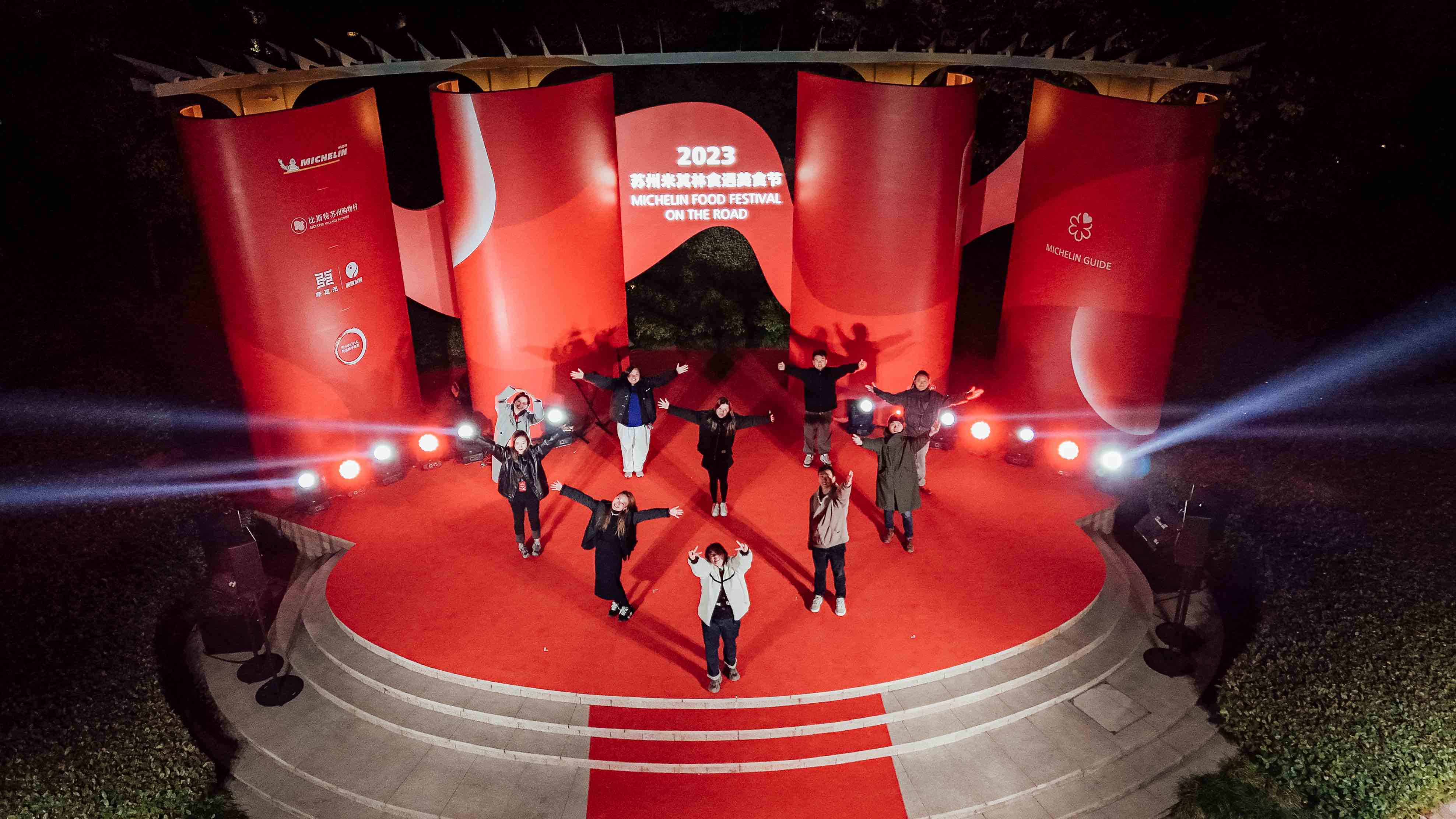
TIME OUT TIP: Coincidentally, the Bicester Collection and the Michelin Guide both set their sights on Shanghai in 2016. Bicester Village Suzhou, however, has been around since 2014, and will be welcoming a few Black Pearl restaurants to its premises in the near future. Stay tuned!
